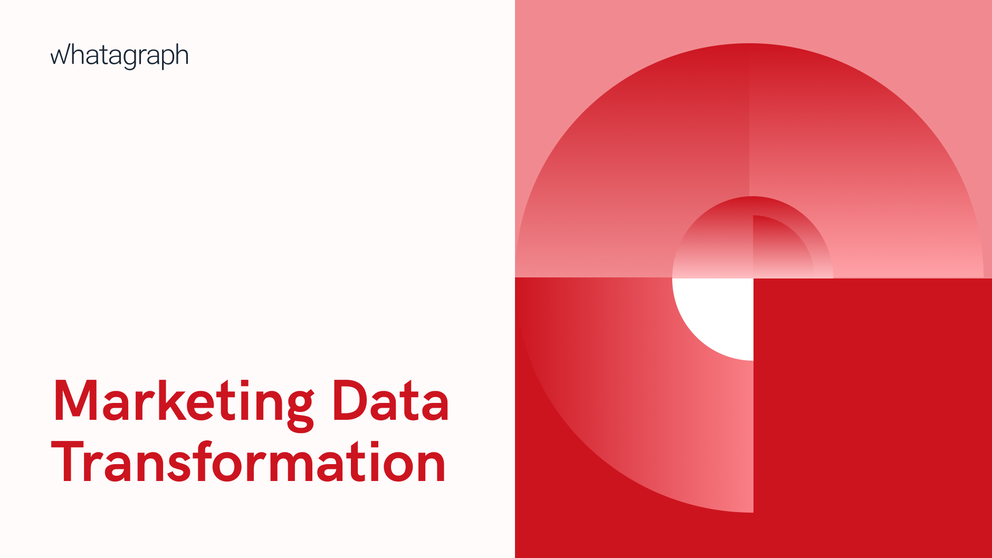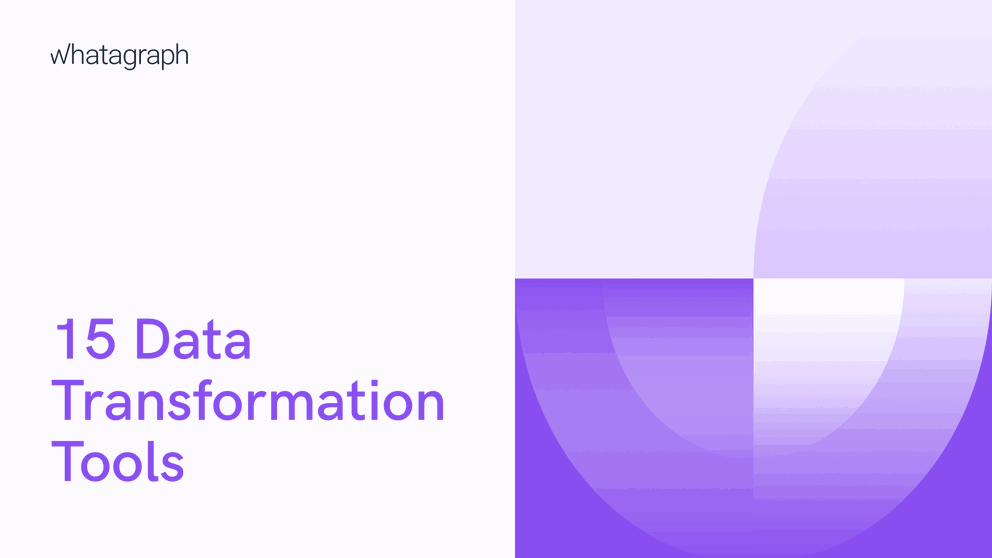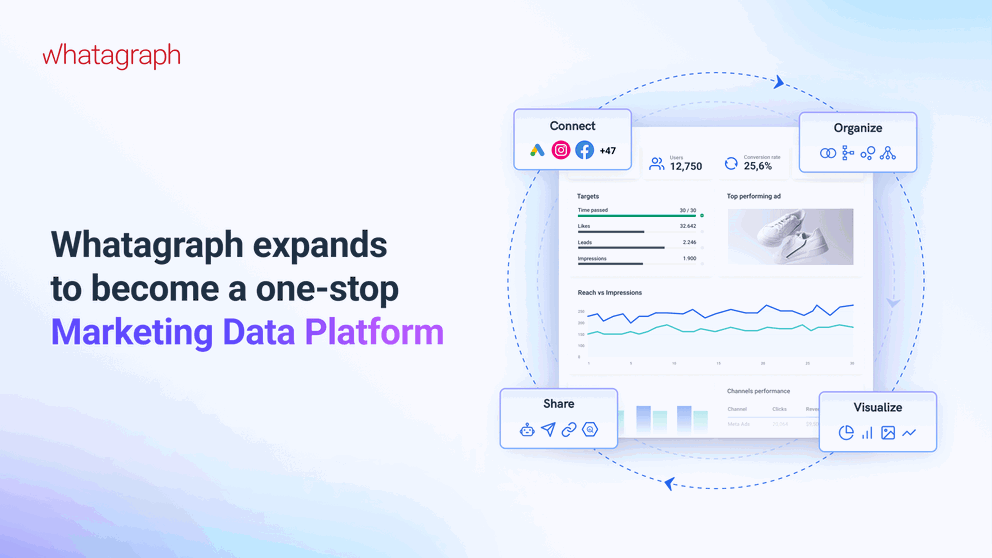Big data has been without a doubt at the center of business trends throughout 2019. Not all of the fuss about data usage is positive, but we're going to try and steer clear from that and focus on some of the best Business Intelligence examples.
Business Intelligence Examples

Jun 29 2020 ● 6 min read

Table of Contents
- What is Business Intelligence?
- Business Intelligence Examples
- 1. Decentralization
- 2. Increase in productivity
- 3. Creation of customer profiles
- 4. KPI creation
- 5. Financial control
- 6. Automating internal structures
- 7. Better market analysis
- 8. Inventory
- Implementations of Business Intelligence
- Business Intelligence Software Out There
- Conclusion
Different companies have been creating ways to harness the data that comes through in the transactions of their firms to develop processes that, essentially, are capable of speeding up the entire business. One way of doing this is by using Business Intelligence (BI). In this article, we're going to be discussing multiple business intelligence examples so that you can see the functionality yourself and pick one that works best for you.
What is Business Intelligence?
Jump into such a complex concept such as business intelligence is impossible without first establishing what it is. Even if the following description might not be full, you'll be able to get an understanding of what BI is through the business intelligence examples that we’re going to discuss later.
In a nutshell, business intelligence is studying the data that is created through transactions in a firm to create reports, analysis, and software. When this data is reviewed and analyzed, it's used to develop processes of automation and improvement. This is made possible by sharing the data analysis with the entire company, which enables every department and section to take advantage in various ways that are most appropriate for them.
 |
Business Intelligence Examples
In this section, we’re going to take a look at how different firms and companies have used the advantages of business intelligence for their benefit.
1. Decentralization
In the past, data creation was mostly overseen by IT teams who would receive data and decide what they could do with it. This often caused several problems. First of all, it was a waste of effort and time put in by the IT team as they didn't have the knowledge or resources to understand how and where the data could be used, therefore, shooting in the dark.
It also caused waste and mishandling of data. The data would either end up in the hands of the wrong person or would be tossed aside even though it was incredibly valuable to certain teams.
In some of today’s leading startups, like GetYourGuide in Berlin, data became decentralized and shared throughout the entire company. This led to different teams picking up the data that was interesting to them and creating business intelligence strategies that have a positive impact on the company as a whole.
2. Increase in productivity
To explain this better, I'm going to use the 80-20 theory by Italian economist Pareto. What it describes is that 20% of our efforts are the ones that are going to give us fruits or sales at the end of the road, whereas we dedicate 80% on strategies that aren't going to provide us with any value at all.
By using the data analysis that comes with business intelligence, we're able to see what our 20% objectives are and what's giving us the best results. This means a company can avoid investing 80% of its time on useless tasks, which leads to a massive increase in productivity.
3. Creation of customer profiles
By collecting the data of customers that come to your firm to make a purchase, it’s possible to start forming their profiles. But don’t get me wrong – this doesn't mean that a company is selling your data (well, unless you’re Facebook). Customer profiles are meant to make the customer's life more comfortable and keep them coming back to you.
This is known as brand loyalty, and there's nothing better to create an increase in brand loyalty than to play precisely into what customers want. By using the profiles created through their purchase data, it is extremely easy to do. Companies like Amazon are completely built around this idea, and it’s the main reason why we keep coming back to them even though we know they can be a little bit evil.
4. KPI creation
KPIs are the backbone of the startup culture. Not only do they keep employees on a tight structure in the world of chaos, but they also manage to create achievable goals for employees to take on with ownership.
Using Business Intelligence strategies, there's a possibility to gain further insight into what exactly is an achievable goal for your employees, based on data obtained from previous KPIs. KPIs are amazing, setting goals is a necessity, but if they're not reachable targets or if they're not high enough, an employee can quickly become disengaged.
5. Financial control
As tight as your finances department might be, it’s not a match for big data. Business intelligence has strategies that can provide you with more visual representations of what is happening with your money. Instead of just providing you with an overview of what's going out and what's coming in, you can get a complete spread of what it all means.
Let’s say that for October, a company releases a deal offering a $15 discount on the next purchase. Without business intelligence, what you're going to see is a financial update for October that states that each sale generated less income. However, with business intelligence, you're going to be able to see broader results generated by this discount (i.e., higher sales value, upselling opportunities, prospective analysis of future earnings, and more).
6. Automating internal structures
One of the most widespread uses of data in business intelligence is finding out which internal processes can be automated. By releasing the data freely around the office and different departments, BI managers can see what is repeating, what is necessary or unnecessary, and what can be automated.
For example, the hiring process for HR can be extremely strenuous and time-consuming. There are many companies now that rely on data analysis tools to streamline the first round of applicants, leaving more time for the essential parts, such as one-on-one interviews and culture fits.
7. Better market analysis
Just as analyzing customer profiles to make more tailored products and services, we can use business intelligence data to develop a more precise analysis of the market as a whole.
One thing it's incredibly useful for is the identification of fringe markets. With BI, you’re able to notice the markets that are in touch with you but maybe aren’t very engaged, and come up with strategies to boost that engagement and expand your market share.
8. Inventory
Last but not least: inventory analysis. If you're running a company in which inventory is a large part of your business, then you probably have somebody doing the stock count. This can be easily streamlined through the use of big data and business intelligence.
If we can keep tabs on all data referring to items that arrive and items that leave (yes, it can be that simple) you're not going to need manual labor anymore. Inventory can be an extremely tedious and intensive job, and if something goes wrong due to human error, mistakes can cost a lot.
Implementations of Business Intelligence
Companies can go about it in different ways to get the results we've discussed above; here are a few of the ways they do it:
- Machine learning and AI;
- Collaborative BI: this is the combination of BI software and tools that could be used in the field of analytics such as social media and other technologies that allow teams to collaborate using data they've acquired through sharing;
- Embedding the BI software to be used in other business applications to extend and enhance the software's use;
- Cloud analytics. The fastest growing and predicted to be the only way of using BI shortly.
Business Intelligence Software Out There
We’ve mentioned software a few times, so let’s take a look at a couple of them:
- Tableau: It's a super versatile and comprehensive software. Tableau allows you to make powerful reports and dashboards with ease. Beginners can use this tool without much prior knowledge, and it is even considered to be the best tool in use as of right now;
- Microsoft Power BI: It gives you all the assurance that a Microsoft product could with excellent customer service and ease of use. It also is very affordable with some free features and other affordable packages. Full use of the program, however, can become quite costly;
- For the more visually unique looking software, we recommend looking at Dundas or Sisense. These are very versatile BI tools that use a more visual approach to measurable date.
Conclusion
Data BI analysis is a process and structure that is being used by many firms out there, and it's helping them become even more significant. Don't let the technical aspects of this concept dissuade you, and this process could help you massively increase your productivity and sales, it is a tool to help you grow.
Published on Jun 29 2020

WRITTEN BY
Gintaras BaltusevičiusGintaras is an experienced marketing professional who is always eager to explore the most up-to-date issues in data marketing. Having worked as an SEO manager at several companies, he's a valuable addition to the Whatagraph writers' pool.
Get marketing insights direct to your inbox
By submitting this form, you agree to our privacy policy






